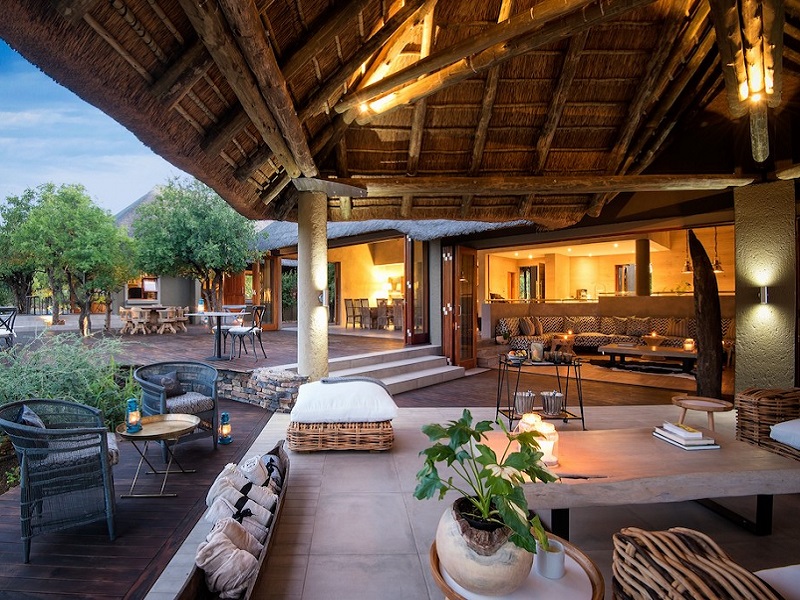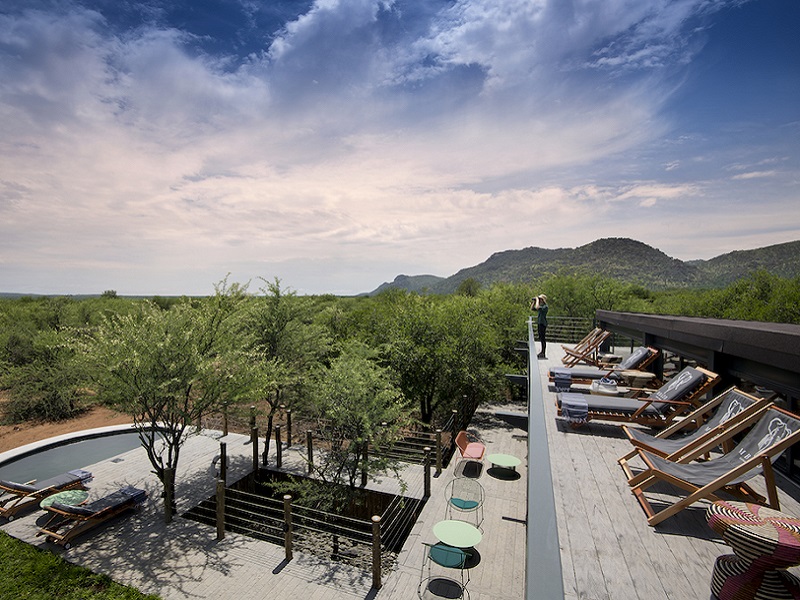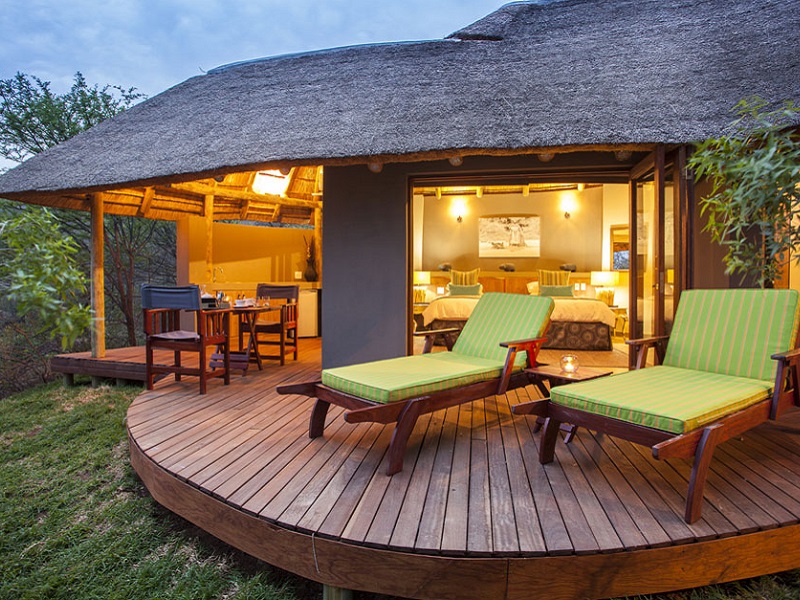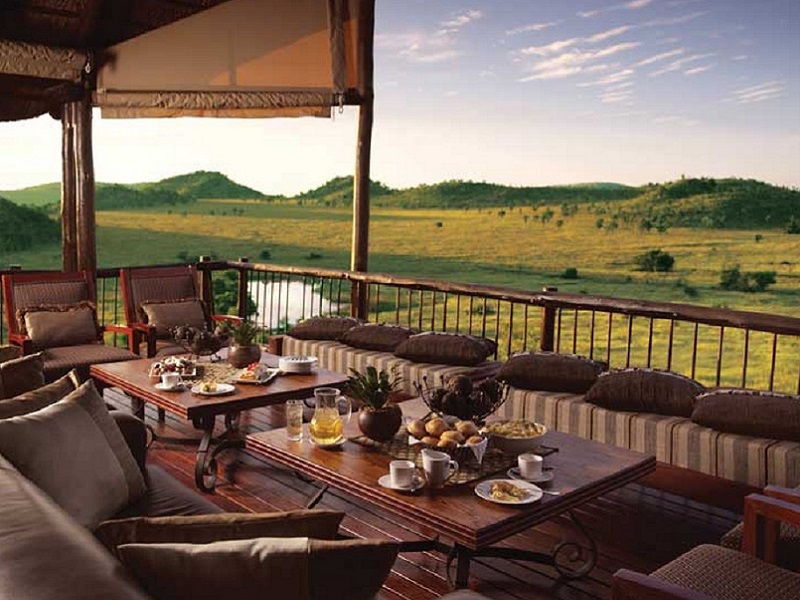Safari Bookings Pilanesberg Game Reserve Lodges
 Malaria Free - Big Five - Close to Johannesburg
Malaria Free - Big Five - Close to Johannesburg
Book Accommodation With Us

Lodges in Pilanesberg
We offer a choice of 13 lodges. We will manage your enquiries and bookings for safari lodge accommodation in Pilanesberg—for holiday or business travel.

Bakubung Bush Lodge
- Family Friendly
- Bush Barbeque
- Conferencing

Black Rhino Game Lodge
- Affordable
- Group Friendly
- Child Friendly

Buffalo Thorn Lodge
- Self Catering
- Family Friendly
- Exclusive Use

Ivory Tree Game Lodge
- Family Friendly
- Spa
- Conferencing

Kwa Maritane Game Lodge
- Bush Barbeque
- Conferencing
- Child Friendly

Lush Private Lodge
- Luxury
- Romantic
- Wellness Treatments

Mbazo Safari Lodge
- Luxury
- Child Friendly
- Welness Treatments

Morokolo Safari Lodge
- Self Catering
- Exclusive Use
- Child Friendly

Nkala Safari Lodge
- Luxury
- Romantic
- Wellness Treatments

Shepherd's Tree Game Lodge
- Family Friendly
- Luxury
- Conferencing

Tambuti Lodge
- Romantic
- Luxury
- Intimate Setting

Thutlwa Safari Lodge
- Self Catering
- Child Friendly
- Exclusive Use

Tshukudu Bush Lodge
- Luxury
- Welness Treatments
- Romantic
Group Bookings
All group bookings (6 or more adults) are viable for special discounts. Corporate bookings can be accommodated at special rates. Event coordination is also an available service.
When To Go
Summers can get hot, but visitors will enjoy Pilanesberg all year round as each season provides a unique game viewing experience.
Wildlife Diversity
Set in the crater of a long extinct volcano, the park ranks among the largest of the parks in South Africa. An abundance of wild life proliferate in some 580km² of diverse and arresting bushveld terrain.
This well-stocked park has a dramatic landscape that supports a wide variety of plants, animals and birds. Pilanesberg accommodates virtually every mammal of southern Africa and is also home to the Big Five.

